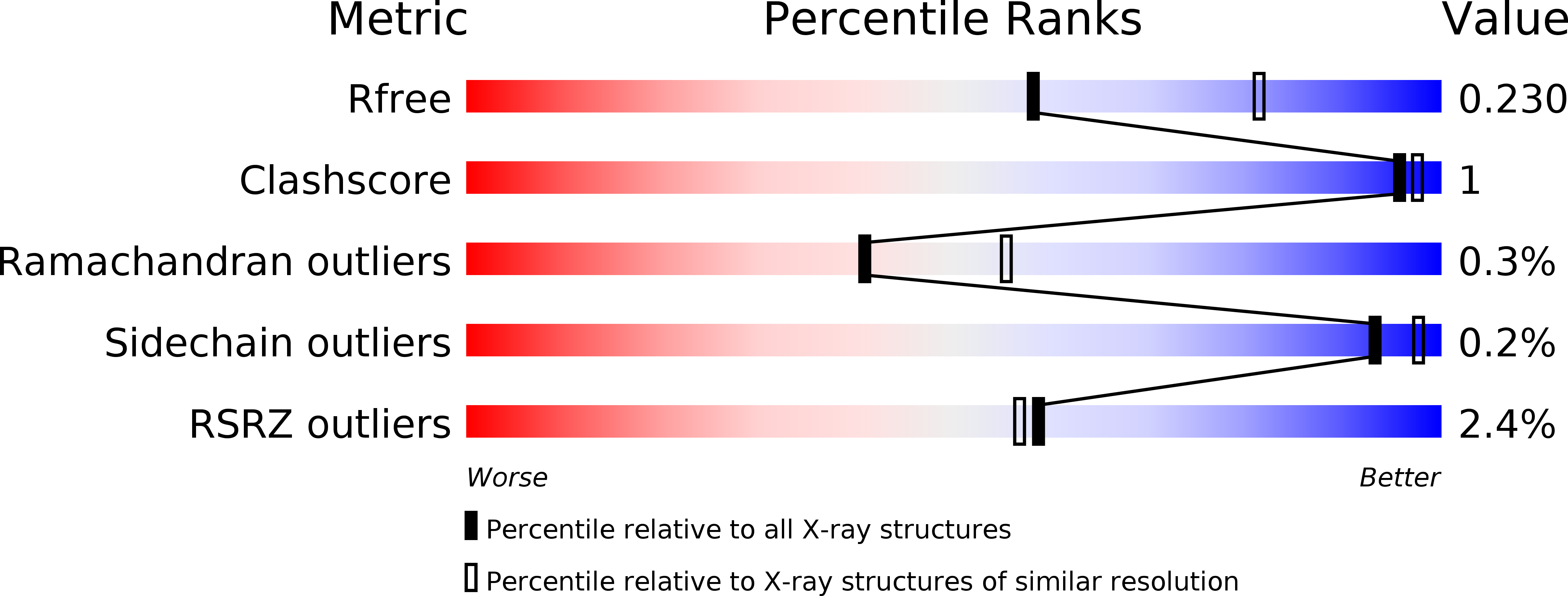
Deposition Date
2015-02-27
Release Date
2015-07-15
Last Version Date
2024-01-10
Entry Detail
PDB ID:
4YHG
Keywords:
Title:
NATIVE BACTEROIDETES-AFFILIATED GH5 CELLULASE LINKED WITH A POLYSACCHARIDE UTILIZATION LOCUS
Biological Source:
Source Organism:
Bacteroidetes bacterium AC2a (Taxon ID: 1534322)
Host Organism:
Method Details:
Experimental Method:
Resolution:
2.40 Å
R-Value Free:
0.22
R-Value Work:
0.18
R-Value Observed:
0.18
Space Group:
P 21 21 21


